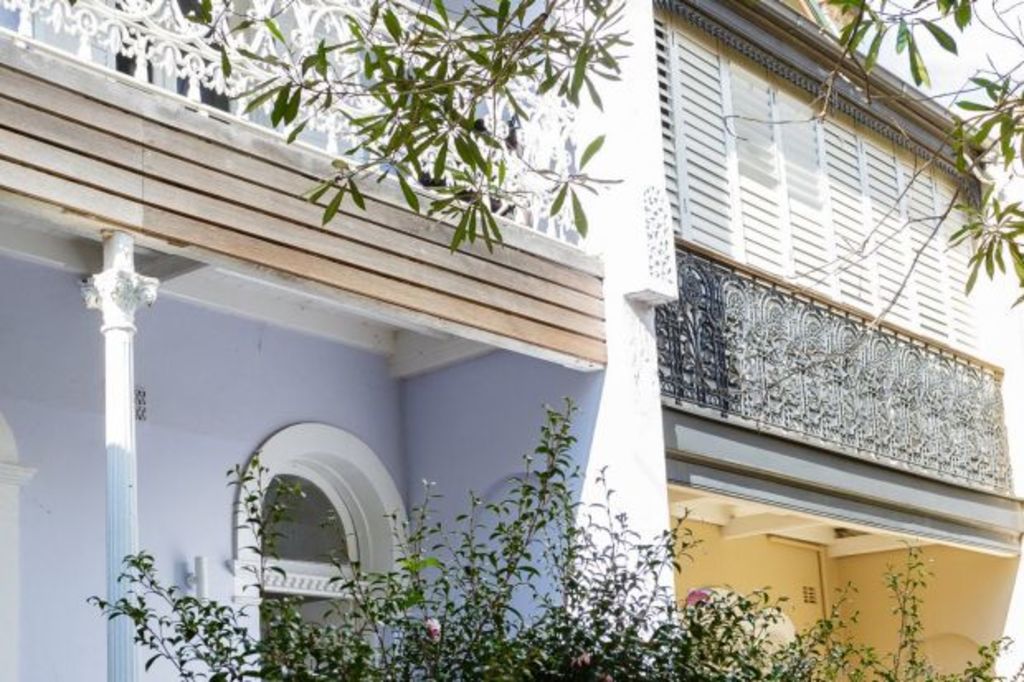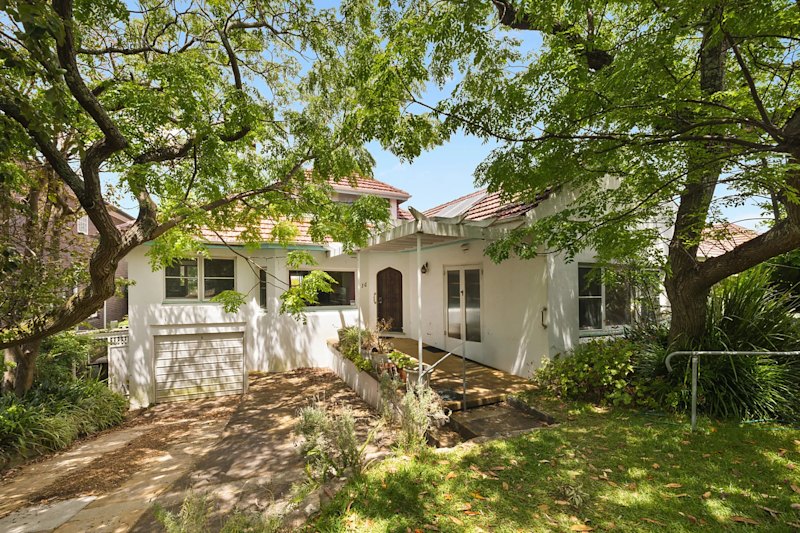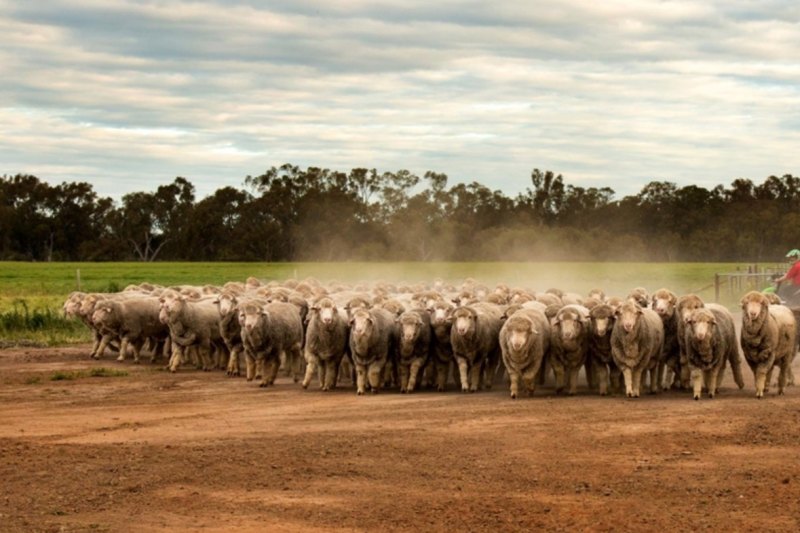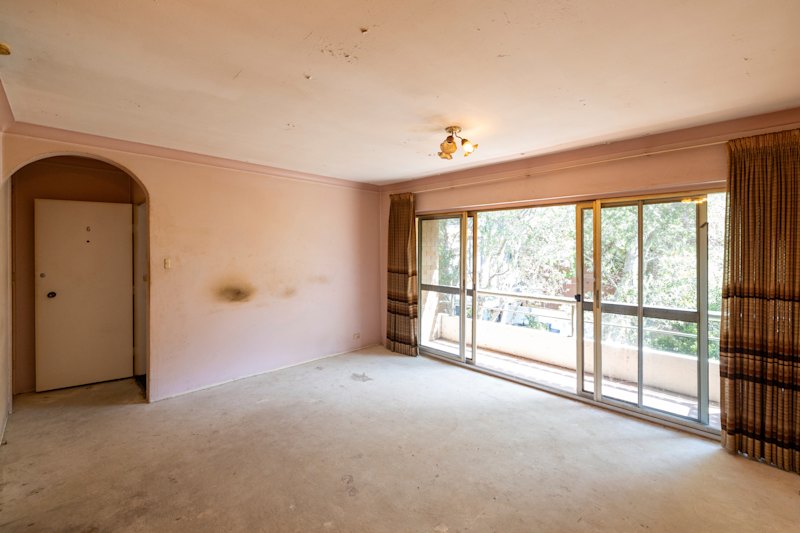Townhouses rise to meet Sydney's growing affordable housing challenge

Are townhouses the answer to Sydney’s missing middle housing?
Sydney’s record-breaking median house price run has reached a new high of $1.178 million over the June quarter.
The meteoric price level is certain to dash the hopes of first home buyers vying for a chance to break into the market. Prices keep rising with no sign of the so-called bubble popping.
At the same time, Sydney’s population clock continues to tick swiftly. The estimated population topped a landmark figure of 5 million residents at the end of June 2016, on average growing by 227 people each day.
Looking forward, government projections have tipped the NSW population to swell by 2.71 million by 2036.
A growing population is a major factor influencing housing demand. Accommodating the anticipated population growth will further challenge public and private sectors’ ability to provide adequate affordable housing.
The building boom will help to offer an array of mid to high-rise unit and apartment developments, across a spectrum of prices.
However, apartment living is not for everyone. There is an opening gap to provide an alternative affordable property type; townhouses, commonly referred to as terraces, that could provide that missing middle.
- Related: How much are NSW buyers borrowing?
- Related: Where to find NSW homes under $650K
- Related: What to consider when buying off the plan
More residents are opting to live in townhouses, which include semi-detached, row and terrace homes. Townhouses accounted for 14 per cent of resident homes, according to the 2016 census, up from 12.8 per cent in the 2011 census.
On census night there were five areas in greater Sydney where more than half the population resides in a townhouse. About 40 kilometres from the central business district, two areas in Blacktown trumped the list for the highest proportion of residents opting for townhouse living – Acacia Gardens with 73 per cent and Quakers Hill with 58 per cent.
Closer to the CBD, all less than 10 kilometres away, Balmain, Paddington–Moore Park and Leichhardt–Annandale had 57 per cent, 53 per cent and 51 per cent of residents residing in a townhouse.
Data proves a mounting number of Sydneysiders are opting to live in a townhouse, a trend largely driven by affordability constraints. Townhouses offer a family-friendly alternative to a detached house, at a lower entry price.
They offer a greater level of privacy than an apartment, with a common driveway likely to be the only shared space. Most importantly, for family-friendly living or perhaps pet lovers, they often have private outdoor space in the form of a courtyard or small garden.
From entry-level to million-dollar homes, townhouses do not necessarily mean compromising on living space. A wide variety of sizes and prices helps to meet the requirements of a diverse array of buyers at different stages of life.
Developers are proving the popularity. Last year, 7992 townhouses were approved for construction across NSW, falling marginally behind the peak experienced in the early 1990s,according to Bureau of Statistics building figures.
One major difference stands between the peaks – densification. Single-storey townhouse developments dominated the approval peak during the early ’90s. Last year, the approval rate consisted predominantly of two-storey-plus townhouses.
The major difference characterises changing buyer preferences, astute developers maximising land and efficient use of space for urban infill. Townhouses are ideal for streetscapes not suitable for unit and apartment development.
In the face of affordability constraints, changing lifestyle choices and a swelling population, townhouse living is likely to grow in popularity.
- Dr Nicola Powell is a data scientist at Domain Group. Tweet your questions to @DocNicolaPowell
We recommend
States
Capital Cities
Capital Cities - Rentals
Popular Areas
Allhomes
More
- © 2025, CoStar Group Inc.






